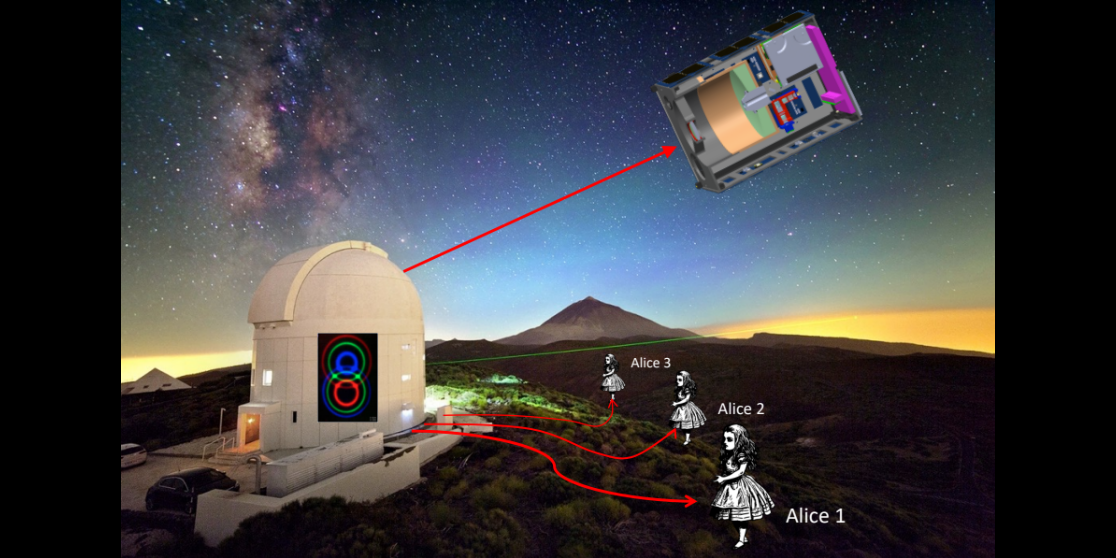- Share
- Share on Facebook
- Share on X
- Share on LinkedIn
Seminar
On May 16, 2024

Erik Kerstel
One of the most remarkable predictions of the second quantum revolution is that of the feasibility of a quantum information network able to distribute quantum entanglement between different endpoints (“users”). Such a “quantum internet” will enable entanglement-based sensing, clock synchronization, and quantum physics measurements like gravitational wave detection and very large baseline interferometry, all with unprecedented precision. It will also be the backbone of distributed, cloud quantum computing. Of the various quantum technologies that would gain from a quantum information network, quantum communications is considered the most mature. As a striking example, quantum key distribution (QKD), being the first commercial quantum technology, provides a unique means to establish, at remote locations, identical random strings of secret bits. For the foreseeable future, satellites are the only option enabling exchanging secret keys on a global scale, while limiting the number of trusted relay nodes in the network.
Here we discuss key concepts and report on our efforts to develop a satellite demonstrator of entanglement distribution between two quantum optical ground stations. As a first step we have defined and carried out at the CSUG a feasibility analysis of a CubeSat mission called NanoBob.
NanoBob is to demonstrate QKD between an optical ground station (OGS) and a nanosatellite. Keeping the entangled photon source on the ground, the space segment is less complex, yielding a lower power consumption, smaller package, and increased reliability; all at a lower cost, especially when multiple satellites service a limited number of OGSs. The space segment payload is also versatile: the receiver is compatible with multiple QKD protocols and other quantum physics experiments. In order to extend the geographical reach of the OGSs at the metropolitan scale and the number of end-users that can exploit the same OGS we will design a “plug-and-play” synchronized quantum network, thus demonstrating a complete infrastructure for global and metropolitan scale QKD. We will discuss the mission concept and the outcome of the definition and feasibility studies.
In a next step towards a quantum information network we have carried out a detailed study of the double-link atmospheric and optical system losses and their effect on the key performance indicators of a satellite entanglement distribution demonstrator, in which the satellite contains an entangled photon pair source and sends one photon of a pair to an optical ground station near Paris, and the other to a second station in Calern (Cote d’Azur). The outcome of this study has enabled the identification of critical system components, and as such is guiding current and future developments.
Date
11:00
Localisation
LIPhy, salle de conférence
- Share
- Share on Facebook
- Share on X
- Share on LinkedIn